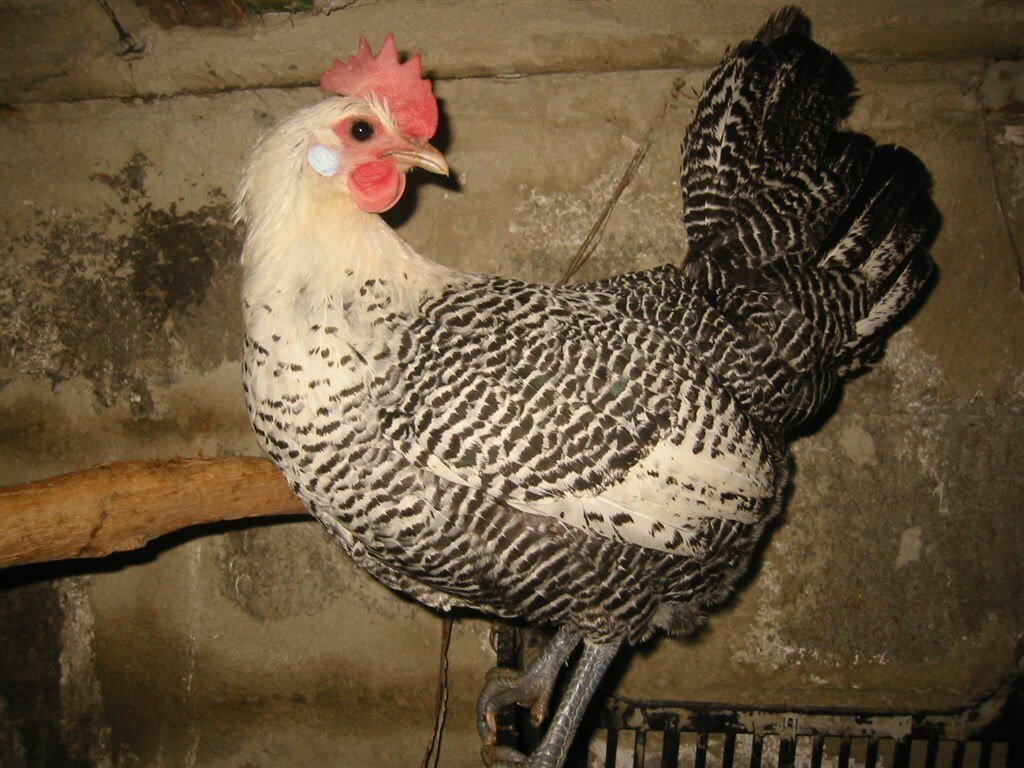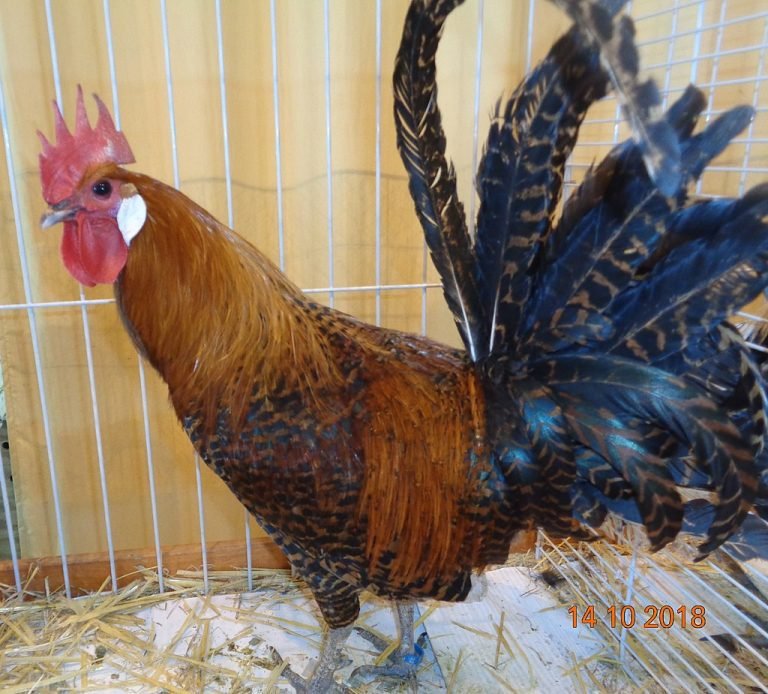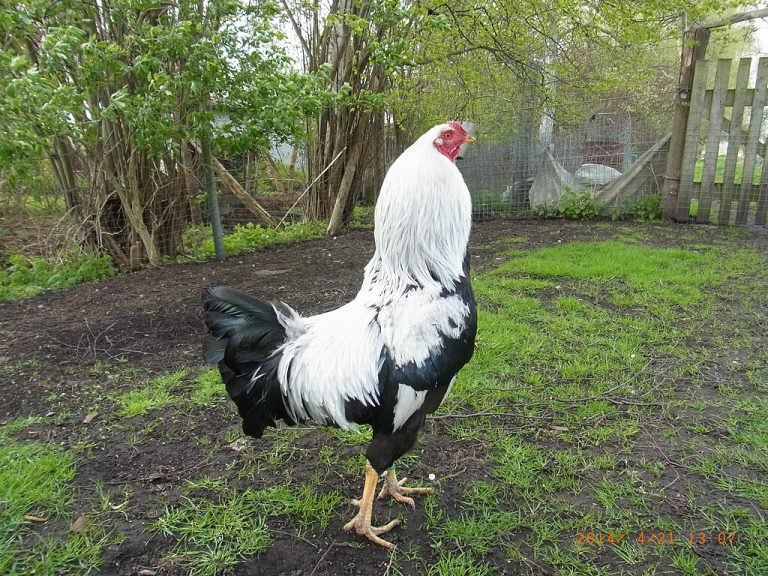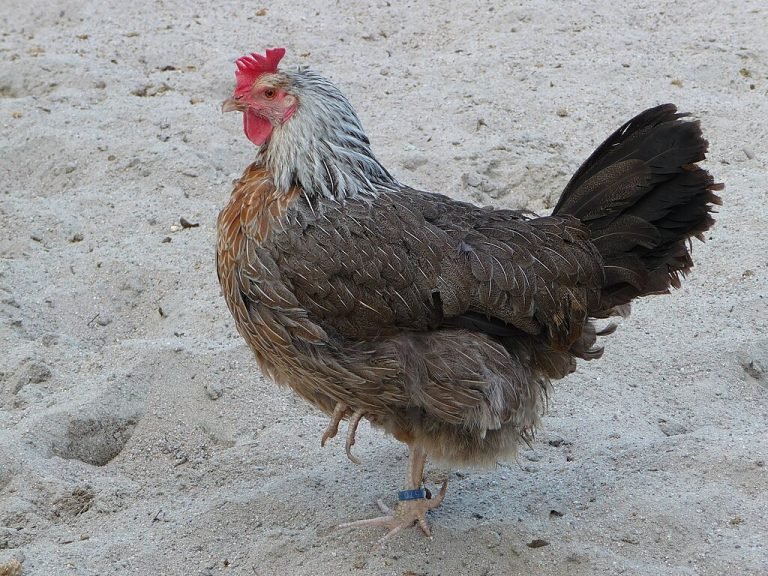The Campine chicken breed is a Belgian breed known for its striking appearance and prolific egg-laying capabilities. It has a slender body, beautiful lace-like feathers, and a prominent upright posture.
With its dual-purpose attributes, this breed is valued in both showmanship and egg production.
History
The Campine chicken breed has a rich history with its origins tracing back to Belgium. Known for their beautiful plumage and excellent foraging abilities, Campines are a popular choice for backyard poultry enthusiasts.
Campine chickens have a long and fascinating history, playing a significant role in the poultry world. These elegant birds are known for their striking appearance, energetic nature, and excellent egg-laying abilities. Let’s delve into the captivating history of the Campine chicken breed and discover why they have become a popular choice among chicken enthusiasts.
- The Campine chicken breed originated in the northern region of Belgium and parts of the Netherlands in the early 19th century.
- The breed’s development was influenced by the ancient chamois-colored Kraaikops, which were crossbred with local game and Braekel birds.
- Being primarily bred for their beautiful plumage, the Campine chickens were initially known for their black and gold feathers. However, the silver variety emerged in the late 19th century through a natural mutation.

General Characteristics
The Campine chicken breed is a captivating and unique poultry variety that is known for its distinctive appearance and characteristics. These chickens have a rich history and are highly sought after by chicken enthusiasts and breeders alike. In this section, we will delve into the general characteristics of the Campine chicken breed, highlighting their physical attributes, temperament, and egg-laying capabilities.
Physical Attributes
- Appearance: Campine chickens are small to medium-sized birds with an elegant and slender frame. They possess a well-proportioned body and a refined carriage.
- Comb and Wattles: These chickens have a small, upright single comb and moderate-sized wattles, which is common among Mediterranean breeds.
- Feathers: The Campine breed is renowned for its stunning plumage. They have tight, close-fitting feathers that display intricate patterns and color variations. The two recognized varieties are Silver and Gold.
- Crest and Beak: Campine chickens showcase a small, delicate crest with a V-shaped comb in the middle. Their beaks are short and stout, designed for foraging and pecking.
Egg-Laying Capabilities
- Good Egg Producers: Campine chickens are celebrated for their exceptional egg-laying abilities. They typically produce a good number of medium to large-sized white eggs.
- Consistency: The hens within this breed tend to be consistent in their egg production throughout the year, providing a steady supply of fresh eggs.
- Broodiness: Campine hens have a low tendency to go broody, meaning they are less likely to sit on eggs in an attempt to hatch them. This characteristic makes them ideal for those seeking a consistent egg supply.
The Campine chicken breed is a visually captivating and active poultry variety with a friendly temperament and excellent egg-laying capabilities. Whether you are a backyard chicken enthusiast or a professional breeder, Campine chickens are sure to add beauty and productivity to your flock.
Temperament
Campine chickens are known for their spirited and active temperament. They possess unique traits that make them incredibly fascinating and enjoyable to have around. Here are a few key characteristics of the Campine breed:
- Friendly and Curious: Campines are naturally inquisitive birds that love to explore their surroundings. They are known for their friendly nature and enjoy interacting with their owners.
- Active and Energetic: These chickens are always on the move, constantly exploring, scratching, and foraging. Their energetic nature adds a lively touch to your backyard or farm.
- Independent: Campines are independent birds that enjoy their own space. They are content and confident in their own abilities, making them a low-maintenance breed.
- Alert and Vigilant: With their keen senses and natural instincts, Campines make excellent watchdogs. They are quick to spot any potential threats and will issue an early warning.
- Flyers: Campines possess strong wings and are known for their ability to fly. Their flying skills allow them to explore their surroundings and perch on higher spots.
- Non-aggressive: While Campines have a spirited nature, they are not aggressive towards humans or other animals. However, they may assert their dominance within their flock.
The Campine breed boasts a lively and engaging temperament. They are friendly, active, curious, and independent birds, making them a popular choice among chicken enthusiasts. Their alertness, flying abilities, and non-aggressive nature add to their charm. If you’re looking to add a lively and fascinating breed to your flock, the Campine chickens are an excellent choice.
Comb Types
Comb types play a significant role in distinguishing the Campine chicken breed. Campine chickens possess V-shaped single combs, which enhance their overall appearance and make them easily recognizable among other breeds. Their comb structure adds to their unique characteristics and charm.
The Campine chicken breed is known for its unique physical characteristics and distinct comb types. These features not only make the Campine breed easily recognizable but also contribute to their overall appeal. In this section, we will explore the different comb types found in Campine chickens and their significance.
Single Comb
- The single comb is the most common comb type found in Campine chickens.
- It is characterized by a single, evenly serrated comb that lies flat against the chicken’s head.
- This comb type is medium to large in size with a smooth and neat appearance.
- The single comb helps regulate body temperature by increasing or decreasing blood flow to the comb.
Rose Comb
- The rose comb is another comb type found in Campine chickens, although it is less common compared to the single comb.
- This comb type is characterized by a low, broad, and flat shape.
- The rose comb is covered in small, rounded bumps, giving it a textured appearance.
- The rose comb is thought to be an evolutionary adaptation to cold climates as it provides better protection against frostbite.
V Comb
- The V comb, also known as the V-shaped comb or butterfly comb, is a unique and rare comb type found in some Campine chickens.
- This comb type resembles the letter “V” in shape, with two distinct lobes extending from the top of the head.
- The V comb is typically larger than the single comb and has a more elaborate and ornamental appearance.
- While the exact purpose of the V comb is not fully understood, it is believed to have originated from crossbreeding with other breeds.
The comb type of a Campine chicken not only adds to its aesthetic appeal but also serves practical purposes for the bird. Whether it’s the efficient cooling mechanism of the single comb or the frostbite resilience of the rose comb, each comb type brings unique advantages.
Understanding the different comb types can help breeders identify and appreciate the diversity within the Campine breed. So, next time you come across a Campine chicken, take a moment to observe its comb and marvel at the intricate nature of this remarkable breed.
Conclusion
To sum up, the Campine chicken breed is a remarkable choice for poultry enthusiasts looking for an elegant and productive addition to their flocks. With its distinctive appearance of beautiful barred plumage and upright carriage, the Campine is a true eye-catcher.
Not only is it visually appealing, but it also offers other benefits. Their excellent foraging skills make them adept at free-ranging, providing both entertainment and natural pest control. Additionally, the Campine is known for its high egg production, ensuring a steady supply of fresh eggs.
This breed’s hardy nature and ability to adapt to various climates make it suitable for a wide range of locations. Whether you are a backyard chicken keeper or a commercial farmer, the Campine breed offers unique features that set it apart from other chicken breeds.
Consider adding these captivating and productive birds to your flock for a rewarding and enjoyable experience.






